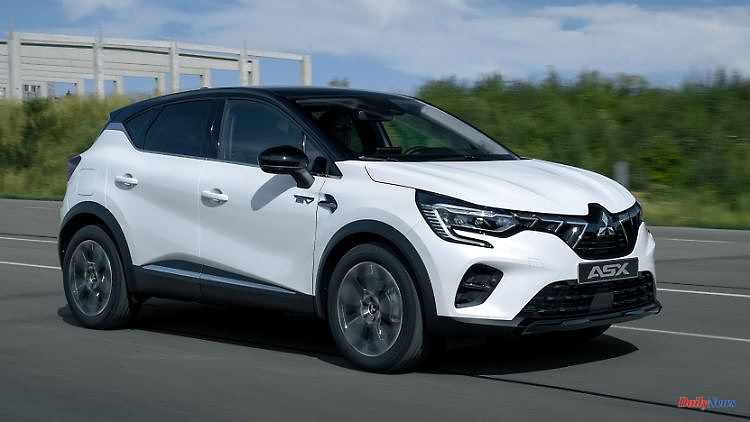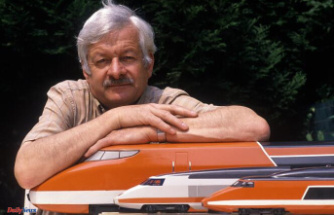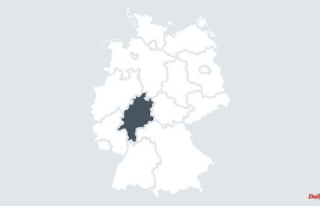With the ASX, Mitsubishi was one of the pioneers in the compact SUV class more than a decade ago. Now, after several liftings, a successor is coming - with a fairly European pedigree.
Twelve years and three facelifts after its debut, the Mitsubishi ASX is now getting a successor. From March 2023, the second generation of the compact SUV should not only retain buyers of the predecessor, but also win over new customers. Among other things, with an extra-long guarantee.
While the first ASX itself still served as the basis for offshoots from other brands - the Citroën C4 Aircross and Peugeot 4008 were based on it - number two itself has become a revenant. It shares technology and design with the small crossover Captur from Allianz partner Renault, which has been on the market since 2019. Only the brand emblem on the radiator grille and steering wheel has been changed, and there is an adapted lettering on the rear.
Apart from the logos, the Renault and Mitsubishi variants are like peas in a pod. Even with the dimensions: At 4.23 meters, Captur and the new ASX are a bit smaller than the old ASX. While it passed as a fully-fledged compact SUV when it made its debut in 2010, today it is more in the mini-SUV class. His successor is also sorted into this, with which he competes against models such as VW T-Cross, Ford Puma, Peugeot 2008 or the Allianz cousin Nissan Juke.
The main differences between ASX and Captur are the portfolio and prices. Mitsubishi says nothing about the latter so long before the market launch, but it is clear that the Japanese are increasing Renault's two-year factory warranty to five years. In addition, you want to set yourself apart from the parts donor in the drive program. While all engines are from the Captur shelf, others may be made available depending on the market.
For Germany there will definitely be the 116 kW/158 hp plug-in hybrid based on a 1.6-liter petrol engine. Depending on the market, petrol engines with displacements of 1.0 and 1.3 liters (67 kW/91 hp to 116 kW/158 hp) and with and without mild hybrid technology are also available. The program is completed by a 105 kW/143 hp full hybrid, a diesel is no longer provided, as is the case with the Captur. There is also no all-wheel drive.
Mitsubishi takes over infotainment and technology for the ASX largely from Renault. These include the screen control system, which is available in different sizes and versions, as well as the Multi-Sense individualization system, with which the driver can adapt driving modes and ambience according to his or her ideas. Among other things, an emergency brake assistant with pedestrian detection, lane departure warning and traffic sign recognition ensure safety. Optionally, the "MI-Pilot" relieves the driver of some of the steering work in motorway traffic.
For Mitsubishi, the new ASX marks a new beginning in Europe. About two years ago, the Japanese announced that they no longer wanted to bring any new models to the continent. That would have been death by installments for the brand. But then-new Renault boss Luca de Meo changed the plan and started the retreat from the retreat, which now begins with the ASX. The new edition of the small car Colt is to continue it in the course of the coming year. It will also use Renault's technology, but should differ significantly more from its sister model, the Clio, than the ASX differs from the Captur.
The European headquarters has not yet communicated any further model plans. However, the middle-class SUV Outlander should also return to Germany. And the first purely electric car is also in the starting blocks.












